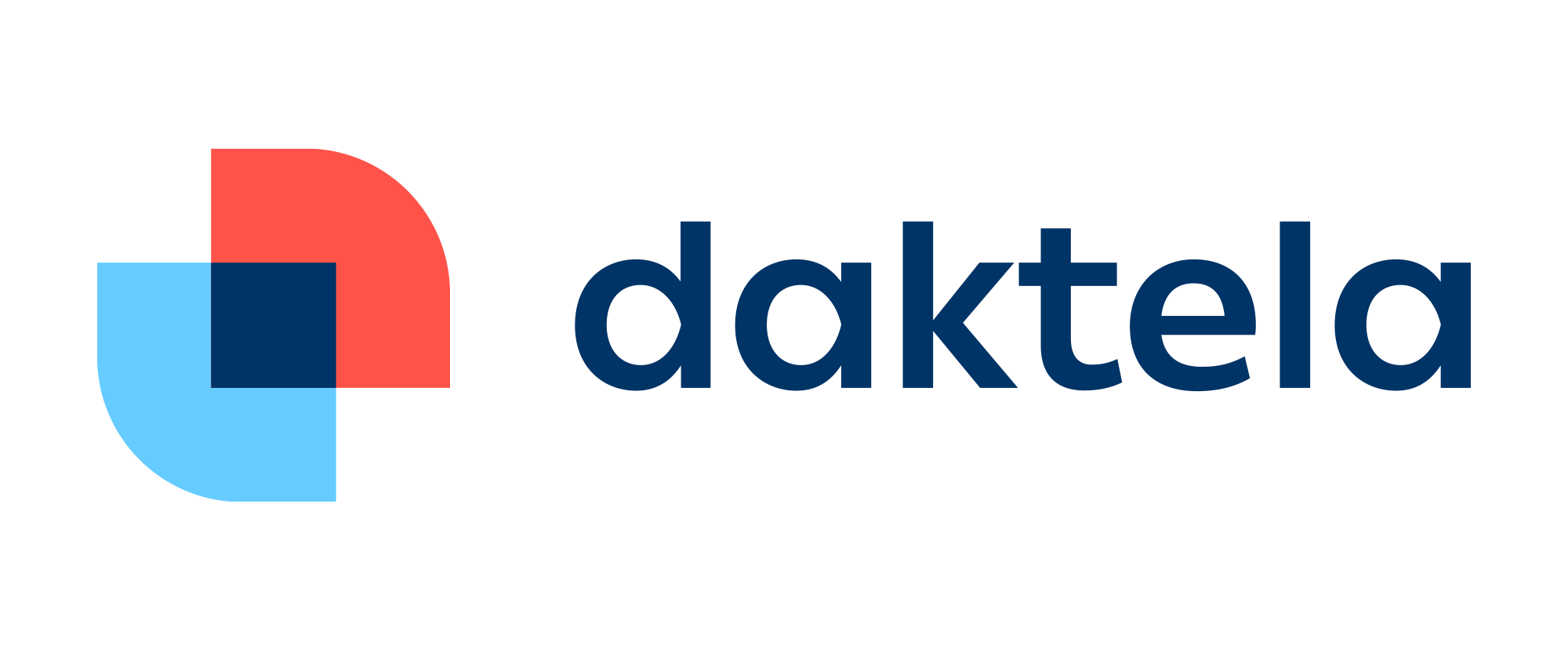No matter where you are on your startup journey a customer-focused mindset should be built into the DNA of your business according to Steve McSherry, Commercial Director of Daktela, a cloud-based contact centre that serves startups.
Look after the people and they will look after the pounds
No matter the sector, I have seen the savviest of founders, with the best marketing teams, and the most incredible products overlooking their customers at a crucial point.
As a business grows, so do the number of customers and with it their enquiries. From basic questions to complex issues, customer needs change at a pace, and with it, the infrastructure required to support them. Not being ready for the transition can quickly create overwhelm and impact your business. Going from a few people responding to enquiries to dedicating a team comes with challenges. Consider this in your plan, budget, and resourcing.
Nature and grow
Acquiring customers has a cost, and in the beginning, it feels both an emotional and financial one. We all remember the first sale. The first client. The feelings of elation and validation.
Whether you know your customer acquisition cost yet or not, each and every one is hard earned.
These people are, if you think about it, the reason you prosper each month. Being there for them, when they need support can make or break that relationship.
We live in a world enabled by technology where demands are expected to be dealt with instantly. Do this effectively and efficiently and the transition from a small team using basic tools to a larger one will have great benefits for both your people, your team, your customers, and ultimately your entire organisation.
If you don’t have an effective platform to respond directly to customers, they can quickly lose faith, and move to a competitor.
A lack of easy-to-use systems can cause all manner of headaches for your team too, impacting morale and increasing staff turnover.
The brilliant news it’s achievable with the right know-how.
A platform to rase your game
Starting up your business, even a few years in, you may use basic software tools to support direct customer interaction. Desk phones, spreadsheets, inbox emails, and hosting communication on social media are valid ways of managing direct interaction. This can work for a time, but even with the most conscientious team – the signs of inefficiencies can show.
And complaints can increase, and people can take to their keyboards and even post openly on social media.
Cloud contact software, despite the technical title, simply amalgamates all of the channels a customer could communicate with you onto one platform. And it’s all stored in the cloud – saving time, space, and costs. It can be accessed by your team from any location.
Google and you will find too many software companies to mention, large and small. Having worked for three decades in the sector – seeing its evolution and technological revolution, I know not all platforms are equal. A few years ago I joined forces with Daktela, to fuse the best in customer care knowledge together with cutting-edge software.
We offer full integrations with existing systems, such as CRM – so the transition is seamless. And it can be introduced in a matter of hours transforming your business and your customer experience.
Name the channel and it can be accommodated. From WhatsApp, social media direct messaging, video, teams, voice calls, emails, and more, a reputable platform gives you one easy-to-use system to communicate to your customers from. Every contact is visible in one place.
And because it is cloud-based there is no requirement for square footage to house servers and an IT support team.
Find a flexible system
Bootstrapped, investor focussed? Every line on the budget should be only there if necessary. In my experience turning on all channels of communication, overnight can be daunting. Instead, add in channels as you learn and grow. Voice and email, may work well for a few months, then add in another – adapt and adjust as you go. It is also more economical for you.
Listen and learn
Customer conversations and interactions can provide valuable insight into every aspect of the business. Use the data you capture from your platform systematically to spot niggles before they become complaints, or on the positive side requests for products or services that could increase your bottom line.
WRITER: Anna Flockett (STARTUPS Magazine)







